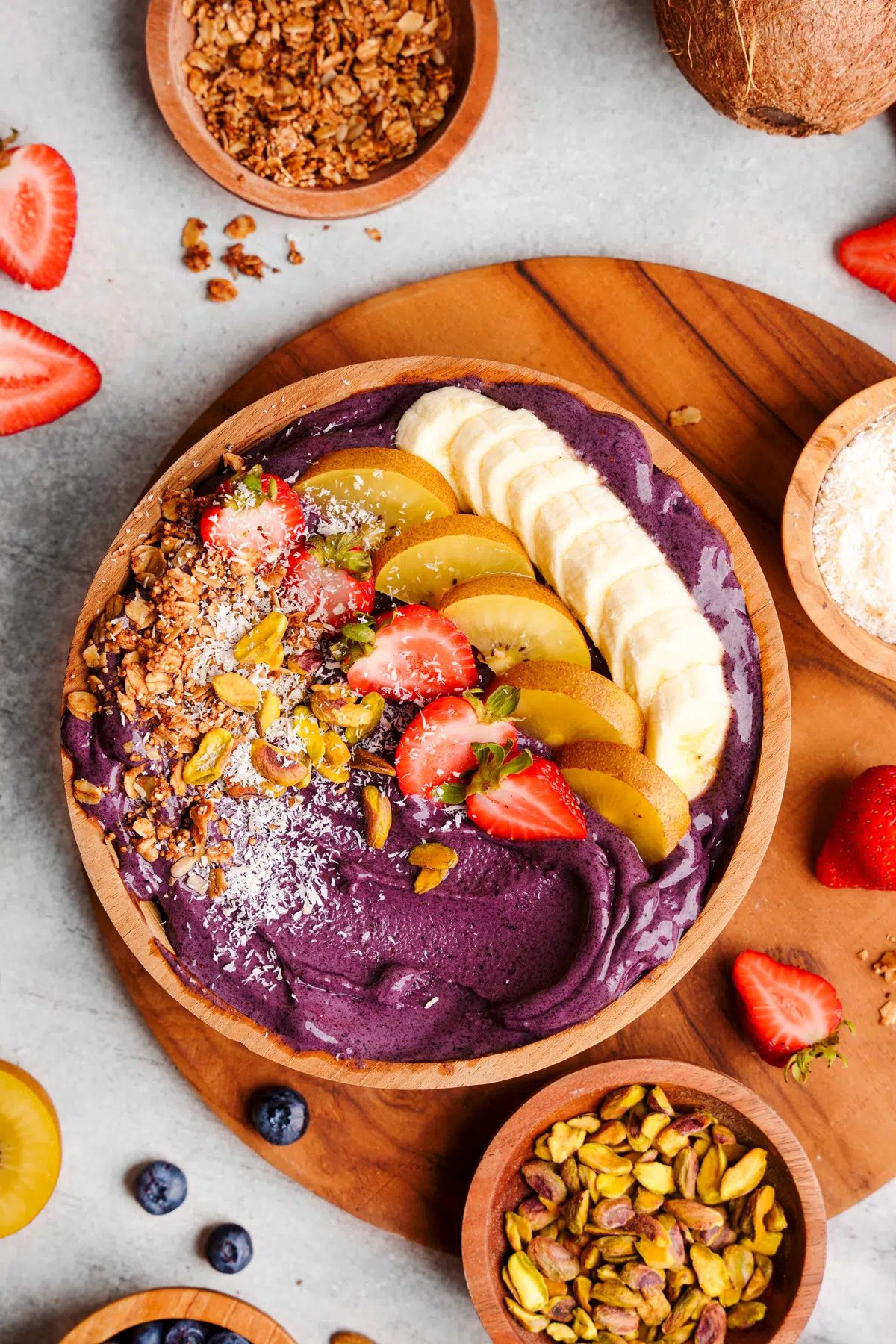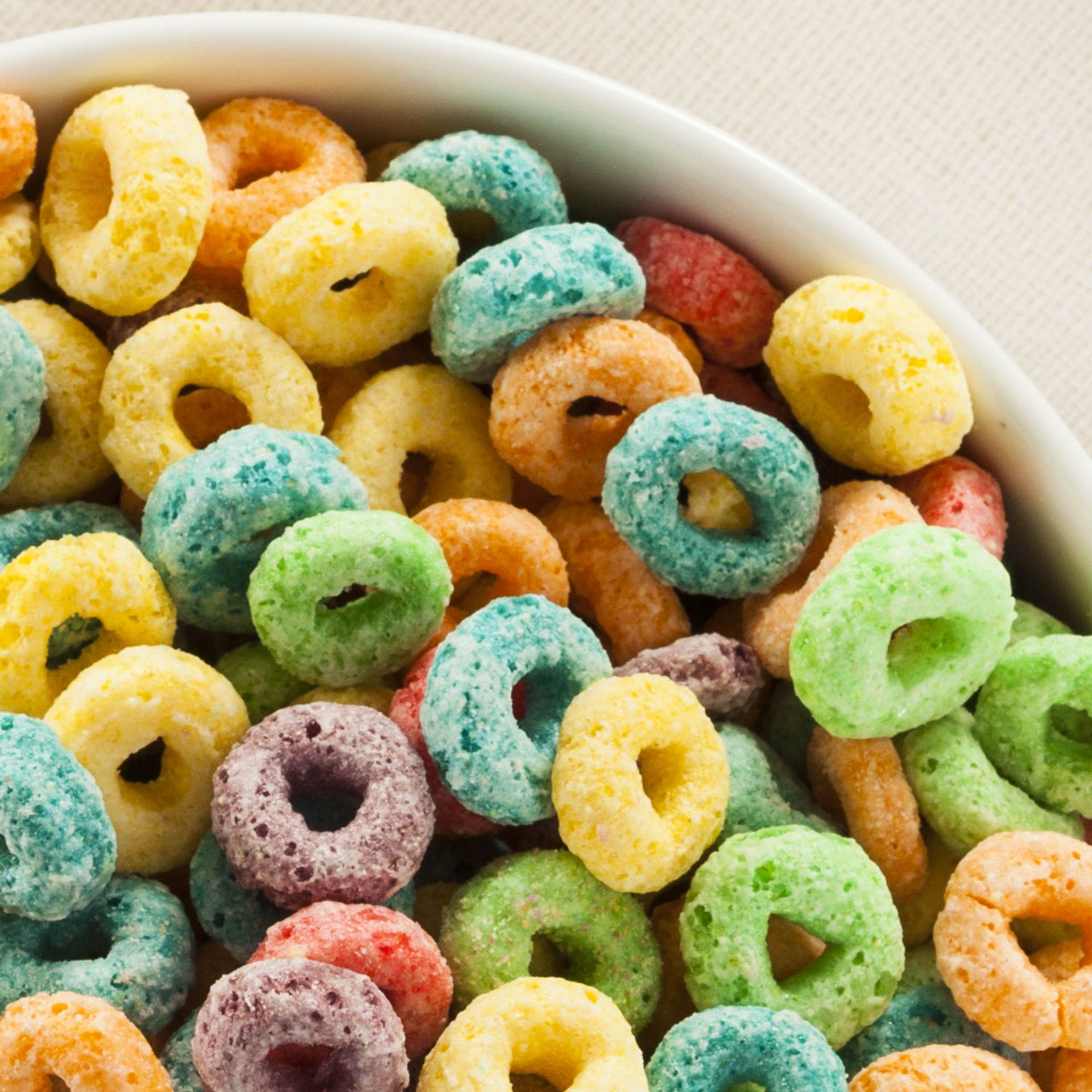For those managing diabetes, navigating the grocery aisles can feel like a daunting task. Many food products are labeled as “healthy” or “natural,” but a closer look at the nutrition labels often reveals hidden sugars lurking within. This is especially true for fruit-based products, which are frequently marketed as wholesome yet can be surprisingly detrimental to blood sugar control.
From fruit-flavored yogurts to dried fruits and juices, these items might seem innocent but can pack a sugary punch. The good news is that with a little awareness and some smarter choices, you can enjoy the flavors you love without compromising your health.
Understanding which “fruit” foods to avoid is an empowering step in maintaining stable blood sugar levels. So, let’s dive into the details and make managing diabetes a little easier—and a lot more delicious!
1. Fruit-Flavored Yogurts

Fruit-flavored yogurts often seem like a nutritious snack, but many are loaded with added sugars. Some varieties contain as much sugar as a candy bar, making them a risky choice for diabetics. While the fruit might sound healthy, the sweeteners added to enhance flavor can cause blood sugar spikes.
Instead, choose plain yogurt and add fresh fruit for natural sweetness. This way, you retain control over sugar intake while enjoying a creamy, satisfying snack.
2. Canned Fruit in Syrup

Canned fruits preserved in syrup might save you prep time, but they’re often swimming in added sugars. The syrup transforms otherwise healthy fruit into a sugary indulgence that can derail blood sugar management.
Look for canned fruits labeled “in water” or “100% juice” instead of syrup. These options cut down on unnecessary sugars while still offering convenience.
3. Dried Fruits

Dried fruits are portable and nutrient-rich but can be deceivingly high in concentrated sugar. During the drying process, natural sugars become more concentrated, and some brands even add sugar for extra sweetness.
Rather opt for fresh fruit or limit your portion size when enjoying dried fruits. A small handful is better than mindlessly snacking, helping you keep sugar intake in check.
4. Fruit Juices

Even 100% fruit juice can be problematic for diabetics. Stripped of fiber, juices deliver a concentrated dose of sugar that’s quickly absorbed by the body. This rapid sugar absorption can lead to blood sugar spikes.
It’s better to choose whole fruits which provide fiber to slow sugar absorption. If you must have juice, dilute it with water to reduce its sugar content.
5. Smoothies

Smoothies, especially commercial ones, are often packed with high-sugar fruits, syrups, or sweetened yogurts. What starts as a seemingly healthy drink can turn into a sugar overload.
You can always make your own smoothies at home using low-sugar fruits like berries, unsweetened yogurt, and leafy greens. This way, you can create a nutrient-dense drink tailored to your health needs.
6. Fruit-Flavored Oatmeals

Instant fruit-flavored oatmeals might seem like a quick, healthy breakfast, but many contain added sugars to enhance taste. This added sugar can cause blood sugar levels to rise rapidly.
Instead, prepare plain oatmeal and add fresh fruits, cinnamon, or a drizzle of honey for sweetness. This simple switch ensures a balanced, filling meal without unnecessary sugar.
7. Fruit Snacks

Fruit snacks are often marketed as healthier alternatives to candy, but they’re typically just as sugar-laden. Their sticky, sweet texture makes them easy to overconsume, leading to unexpected sugar spikes.
Swap them for fresh fruits or unsweetened dried fruits. These alternatives offer natural sweetness without the added sugars and artificial ingredients.
8. Fruit Bars

While fruit bars can be convenient, they’re often filled with added sugars, syrups, and artificial flavors. These ingredients turn what could be a healthy snack into a sugar trap.
Look for bars made from whole, unsweetened ingredients or try making your own at home. This way, you can control what goes into your snack.
9. Fruit-Flavored Waters

Fruit-flavored waters might sound like a healthy alternative to sodas, but many contain hidden sugars and artificial flavors. These beverages can quickly add up in sugar content, undermining your health goals.
Rather infuse plain water with fresh fruit slices or herbs like mint for a naturally flavored drink. This method is refreshing and keeps sugar intake low.
10. Fruit Pies and Pastries

Fruit pies and pastries are undeniably delicious but combine sugary fillings with calorie-laden crusts. This combination makes them unsuitable for diabetics looking to maintain stable blood sugar levels.
Experiment with baking using sugar substitutes or enjoy fresh fruit for dessert instead. These choices allow you to indulge without the guilt of added sugars.
11. Fruit Sorbets

While fruit sorbets are often marketed as a lighter alternative to ice cream, they can contain just as much—if not more—added sugar. Their smooth texture and sweet taste often come from fruit juice concentrates or sugar syrups.
Instead, try blending frozen berries or mango with unsweetened Greek yogurt for a creamy, lower-sugar frozen treat. This option allows for indulgence without the blood sugar spike.
12. Acai Bowls

Touted as a superfood breakfast, acai bowls can be deceptively high in sugar due to added sweeteners, granola toppings, and large amounts of high-sugar fruits like bananas and mangoes.
You can still enjoy acai by opting for unsweetened acai puree and topping it with lower-glycemic fruits like berries and seeds. Watch portion sizes and skip sugary drizzles for better control.
13. Fruit-Flavored Cereals

Colorful cereals with fruity names may look fun and claim to include “real fruit flavor,” but they’re usually full of refined sugars and artificial flavorings with minimal nutritional value.
Choose whole grain cereals with no added sugars and mix in your own fresh fruit for a heart-healthy, blood sugar-friendly breakfast that still satisfies your morning craving.
14. Fruit Preserves and Jams

These spreads might seem like a wholesome way to add fruit to toast or oatmeal, but they often contain high amounts of added sugar to extend shelf life and intensify flavor.
Look for “no sugar added” versions or make your own chia seed jam at home using mashed berries and a natural sweetener like stevia. That way, you control the sweetness and ingredients.
Leave a comment